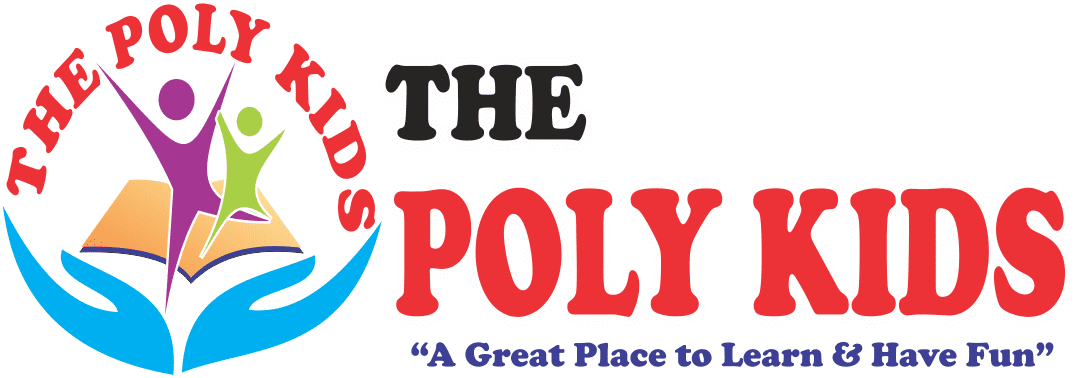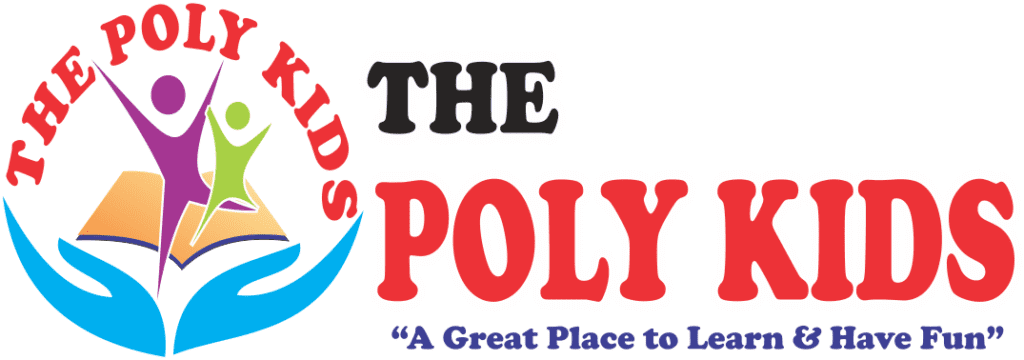🖍️ Art & Craft’s Role in Early Childhood Growth
At The Poly Kids, we believe that learning is most powerful when it is creative, joyful, and hands-on. One of the most impactful ways to nurture holistic development in young minds is through art and craft in early childhood. These activities are far more than just colorful fun—they shape how children express themselves, build motor and cognitive skills, and develop emotionally and socially.
In today’s rapidly changing educational landscape, integrating art and craft in early childhood education is not an option—it’s essential.
🎨 Why Art and Craft Matter
1. Foundation for Creativity
Art and craft help young children think beyond boundaries. Whether it’s coloring outside the lines or turning a paper plate into a mask, these activities promote imagination and allow children to create without fear of being wrong. At The Poly Kids, we give children the freedom to express themselves through vibrant, open-ended materials.
2. Enhancing Motor Skills
Holding crayons, using scissors, gluing small parts—these tasks refine fine motor skills. For toddlers and preschoolers, art and craft in early childhood improves hand-eye coordination, muscle control, and dexterity, all of which are foundational for later skills like writing.
3. Boosting Cognitive Development
Activities like sorting colors, cutting patterns, or understanding symmetry engage the brain in problem-solving. The logical reasoning involved in step-by-step crafts supports memory, sequencing, and critical thinking—important aspects of cognitive development.
🌈 Emotional and Social Benefits
1. Expression of Feelings
Sometimes children cannot express how they feel with words. Through painting or modeling clay, they often communicate emotions like happiness, sadness, or even anxiety. At The Poly Kids, we notice that children feel more relaxed and confident after engaging in expressive artwork.
2. Building Patience and Focus
Creating art takes time, attention, and persistence. Waiting for paint to dry or completing a multi-step craft teaches children the value of patience and focus—skills that are transferable to all areas of life.
3. Promoting Teamwork and Sharing
In a group setting, art and craft in early childhood becomes a social experience. Children learn to share materials, wait for their turn, appreciate others’ work, and sometimes even collaborate on a collective masterpiece.
📚 Integration with Curriculum at The Poly Kids
At The Poly Kids, our curriculum is thoughtfully designed to weave art and craft into core subjects like language, math, and science.
-
Language: Storytelling through puppets, creating alphabet collages
-
Math: Paper-folding to understand shapes, pattern making with beads
-
Science: Leaf painting to learn plant types, making clay animals while learning habitats
This cross-disciplinary approach ensures that art and craft in early childhood becomes a tool for active learning, not just a break from the “real” subjects.
🧠 Psychological Impact of Artistic Activities
Child psychologists agree that art and craft in early childhood boosts emotional resilience. It acts as a stress reliever and builds self-esteem when children take pride in their work. Every scribble or shape, no matter how simple, becomes a symbol of effort and achievement.
Moreover, artistic experiences strengthen neural connections. Repeated use of hands in intricate ways activates multiple areas of the brain, accelerating overall development.
🌍 Cultural Awareness Through Creative Expression
Introducing children to different cultural art forms—like Warli painting, African masks, or Japanese origami—opens their minds to global perspectives. At The Poly Kids, our “World of Art” sessions are designed to introduce international craft styles while celebrating Indian traditions like rangoli and diya decoration.
This not only nurtures creativity but also fosters respect for diversity and inclusivity from a young age.
💡 Tips for Parents: Extend Learning at Home
Parents play a key role in supporting art and craft in early childhood. Here’s how:
-
Set up a simple creative corner with basic supplies
-
Praise the process, not just the final product
-
Allow messiness—it’s part of discovery
-
Encourage your child to describe their artwork
-
Engage in art together to bond and inspire
The learning doesn’t stop at school. When supported at home, the benefits multiply.
🏫 Why The Poly Kids Values Art and Craft
At The Poly Kids, we don’t treat art and craft as “free time.” We see it as a fundamental pillar of early education. Every activity is intentional, developmentally appropriate, and aligned with our mission to nurture confident, creative, and curious learners.
By making art and craft in early childhood a daily part of our learning, we ensure that children are not only school-ready but also life-ready.
✨ Conclusion
Incorporating art and craft in early childhood is one of the most effective ways to nurture a child’s full potential. It’s not just about painting a picture or making a paper flower—it’s about unlocking imagination, building lifelong skills, and shaping well-rounded individuals.
At The Poly Kids, we celebrate every creative spark and guide it with love and purpose. Because when children create, they grow—not just on paper, but in heart, mind, and soul.


